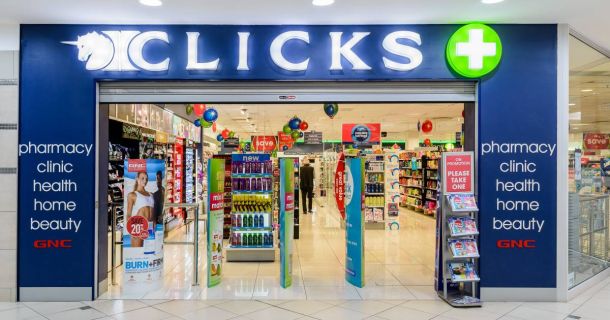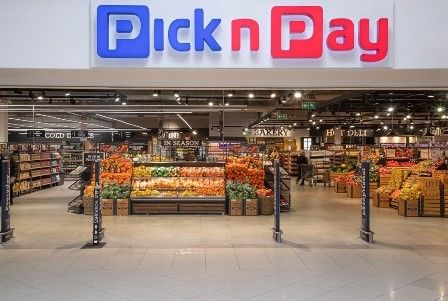
Pick n Pay disaster
By: Bianke Neethling – Daily Investor
Pick n Pay reported its worst financial results in its listed history last week following years of mismanagement, but its new CEO has a plan to turn the company around.
On Monday, 27 May, Pick n Pay released its audited annual results for the year that ended 25 February 2024.
The retailer reported a 373% decrease in net profit and swung from a R1.17 billion profit to a R3.2 billion net loss.
Its latest results also revealed that the company was technically insolvent, with total liabilities exceeding total assets by R183 million.
Pick n Pay has also breached all its debt covenants, meaning the retailer cannot ensure it can meet its debt repayments.
Its lenders relaxed the debt covenants on the condition that Pick n Pay pledge additional security in the form of 100% of Boxer’s shareholding.
These poor results come after years of a failed strategy to restore the retailer to its former glory, which led to its current CEO, Sean Summers, replacing former chief executive Pieter Boone.
Last year, Pick n Pay announced that Boone would step down as group CEO and be replaced by Summers, who was Pick n Pay’s CEO between 1999 and 2007.
Pick n Pay chairman Gareth Ackerman said the performance of their core Pick n Pay business had been poor over the past months and had not met expectations.
Summers is a Pick n Pay stalwart who worked for the company from 1974 to 2007. He became managing director in 1996 and CEO in 1999.
During his tenure as CEO, Summers made Pick n Pay the clear grocery market leader in South Africa.
However, a lot of this growth was reversed under Boone, with Pick n Pay only having achieved an average annual revenue growth rate of 6.1% during his tenure.
For context, over that same period, competitor Shoprite achieved an average annual revenue growth rate of 11.5%.
Pick n Pay’s earnings also suffered under Boone and did not keep up with its main competitor.
Boone achieved an average annual net income growth rate of 0.95%, compared to 22% for Shoprite over the same period.
Unsurprisingly, Pick n Pay’s share price performed very poorly under Boone’s leadership, falling by 32% since he took over in 2021.
This is translated to a compounded annual loss of 14% over the 2-and-a-half-year period.
This is a marked deterioration from Pick n Pay’s performance under Summers, during which the retailer achieved an average annual revenue growth rate of 16% per annum.
Pick n Pay’s growth rate was significantly higher than Shoprite’s average annual revenue growth rate of 11% over the same period.
Pick n Pay also managed to generate more revenue than Shoprite during this period, passing Shoprite’s revenue from 2003 to 2007.
While Summers was CEO, Pick n Pay also achieved strong net income growth, averaging 17.5% per annum.
Summers’ return
This strategy focuses on simplicity, quality, affordability, and sustainability. He also established a new management team.
He told investors the new strategy had already been implemented, some in place since February, with encouraging early results.
As part of the new strategy, many struggling stores will be closed, and Qualisave stores will be converted back to Pick n Pay stores.
The retailer has also announced a capital raise of between R10 billion to R12 billion. This will include a R4 billion rights issue and another R6 billion to R8 billion by listing a minority stake in Boxer.
Many investors are convinced that this new strategy will work, as evidenced by the share price, which increased by as much as 6% on the day the results were released.
Pick n Pay’s share price has risen 22.55% in the past month as investors are buying into the retailer’s turnaround plan.
Benguela Global Fund Managers’ Grant Nader told Business Day TV that the retailer has good growth momentum in its Boxer and Clothing businesses.
He added that the Ackerman family’s exit from the business is also a good sign, as it gives an indication of their conviction in the strategy and the likelihood of its implementation.
While he is not thrilled about the fact that this plan only projects profitability on a cash flow basis in two to three years, Nader said the retailer is “doing all the right things”.
Another analyst, Protea Capital Management CEO Jean Pierre Verster, had a slightly more pessimistic view.
He explained that while there is a glimmer of hope in Pick n Pay’s profitable Boxer division, this optimism hinges on the assumption that Boxer’s profitability will translate if it becomes a separate company.
However, he said this outlook is far from certain, and the road to recovery will likely be long and require addressing the core issues plaguing the Pick n Pay business itself, not just relying on Boxer’s potential.
News Category
- International retailers
- On the move
- Awards and achievements
- Legislation
- Wine and liquor
- Africa
- Going green
- Supplier news
- Research tools
- Retailer trading results
- Supply chain
- Innovation and technology
- Economic factors
- Crime and security
- Store Openings
- Marketing and Promotions
- Social Responsibility
- Brand Press Office
Related Articles
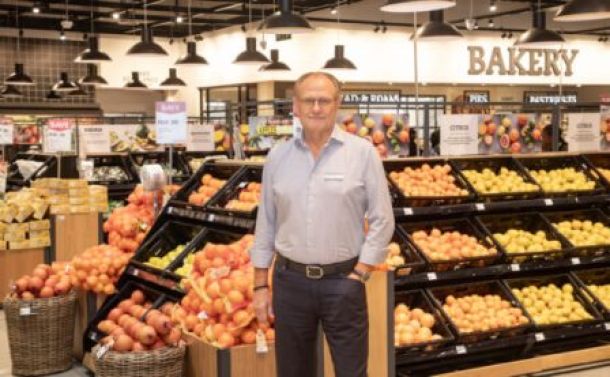
Pick n Pay plunges 16% on JSE as stock adjusts ...
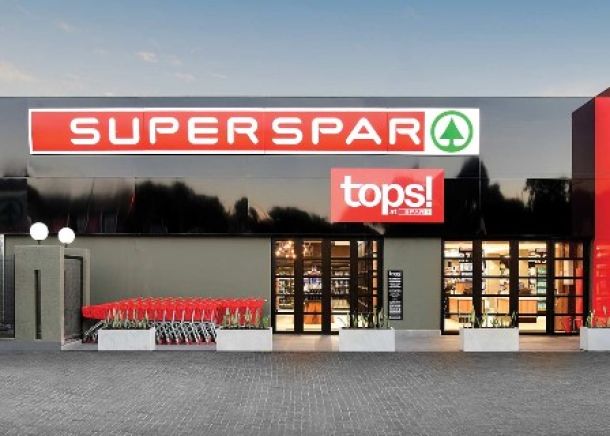
SPAR suffering from a hangover
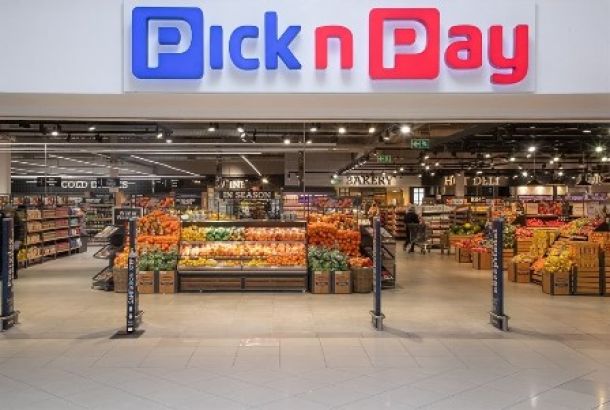
Pain for Pick n Pay

Pick n Pay feels the pain – expects over R3 bil...
